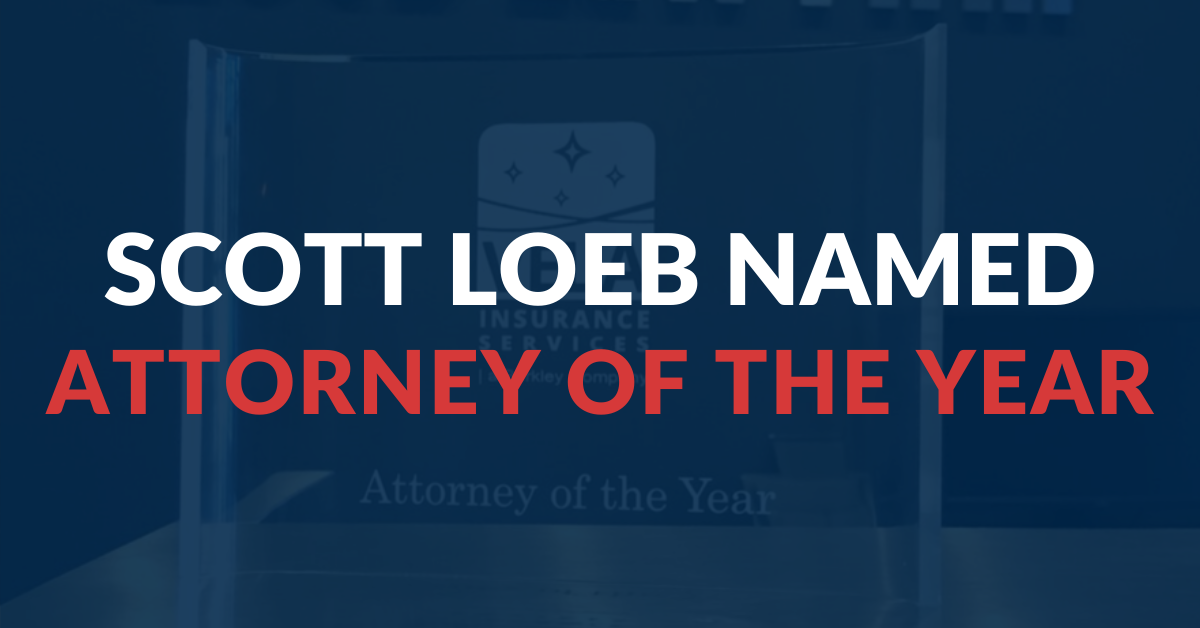By now most defense attorneys are familiar with the “Reptile Theory” and have seen their clients fall victim to it time and again. If this has happened to you, hopefully it was during a deposition and not at trial although neither can be a fun experience when you see it coming. The Reptile Theory comes from the book Reptile: The 2009 Manual of The Plaintiff’s Revolution by David Ball and Don Keenan. The authors have promoted this book as being the plaintiff attorney’s manual for personal injury cases. It is not available in your neighborhood bookstore although you may be able to pick up a copy on eBay for about $750.
The “reptile theory” is a trial tactic that “call[s] upon the jury to find in plaintiff’s favor in order to protect the jurors themselves or their community, as opposed to properly considering whether plaintiff is entitled to damages under applicable legal standards.” Baxter v. Anderson, 277 F.Supp.3d 860, 861 (M.D. La. 10/04/2017). This book encourages lawyers representing injured plaintiffs to appeal to the “reptilian” portion of jurors’ brains, i.e., that which “impel[s] the juror to protect himself and the community.” Id. The book teaches that the plaintiff’s attorney should prey on the jury’s instinctive survival skills by arguing that the defendant’s conduct not only injured this plaintiff in this case, but that the defendant’s conduct also poses a threat to the safety and welfare of the general public as well. See Id. at 861-62. As a result, it is incumbent upon the jury to send a message to the defendant on behalf of the community as a whole by awarding excessive damages to this particular plaintiff. Id. at 862.
Courts agree that the “reptile theory” approach, much like Louisiana’s law regarding “Golden Rule” arguments, is not proper and should be limited or excluded under La. Code Evid. 401-403; however, in order to be successful, the defendant must set forth specific evidence which they believe Plaintiff will introduce or arguments which they believe Plaintiff might make. Id. at 863. For instance, courts often have recognized the validity of the reptile theory but state that in order to be successful on a motion in limine the defendant must give the court specific examples or arguments showing what is to be excluded and not just “amorphous and ill-defined concepts” so the court is clear on what defendants are asking it to exclude. See Hebert v. Prime Ins. Co., 2:18-CV-00899, 2020 WL 1865952, at *4 (W.D. La. 04/13/2020). In the absence of specific examples in the pretrial motion, a court will be inclined to hold off on ruling until trial so that specific examples can be addressed as they arise. See Wright v. Nat’l Interstate Ins. Co., CV 16-16214, 2018 WL 1399173, at *4 (E.D. La. 02/23/2018).
It is fairly easy to recognize the setup and to spot when the foundation is being laid for a reptilian attack, so it is important to preparing your motion in limine at the deposition stage. For example, the following are some sample responses of a defendant driver in a motor vehicle case:
Q. You would agree, wouldn’t you, that motor vehicle laws are in place to protect drivers and for their safety, wouldn’t you?
A. Honestly, I would imagine that it depends on the law. I can think of lots of reasons why traffic laws would be in place. For example, to regulate the flow of traffic or control traffic conditions. I am not a traffic law expert. I did not write the motor vehicle laws and I do not know what all of the various reasons are behind them. Safety may be “a” consideration, but it is not the “only” consideration and I cannot say whether it is the “most important” consideration.
Q. You would agree, wouldn’t you, that if you break the law you are putting others in danger?
A. Not necessarily. It depends on the circumstances. For example, if given the choice between breaking a minor traffic law to avoid a serious accident or not breaking a minor traffic law and risking a potentially fatal car accident, breaking the law in that situation would not be putting others in danger. So, no, I would not agree that this is always the case.
Train your witness to stand firm with these types of questions and do not let your witness concede that any one thing is the “most important.”
This strategy is also commonly seen in corporate depositions when a corporate representative is being cross-examined on the company’s safety manuals. Plaintiff attorneys will often ask questions about compliance with the company’s safety practices and infer that noncompliance with these safety practices places society as a whole at risk. The first step in limiting these types of questions at trial is to check the petition. More likely than not, the only allegations against the company are vicarious liability for the negligent acts of its employee. It is very rare that the petition includes a claim for independent negligence against the company for failure to adhere to its internal safety procedures. If the only claims pertain to vicarious liability, then any potential motion in limine would involve the relevance of the questions to the language in the manual and ultimate cause of the accident. If the petition does include a claim for breach of corporate policies, then the next step would be to assess the case for summary judgment and determine (1) whether there was a breach of any internal policy, and (2) if there is any evidence that the breach actually caused the harm.
A good plaintiff attorney will pose seemingly innocent questions that are designed to entrap an unsuspecting witness by asking the witness to assume responsibility for something where no legal duty exists. This strategy is used to get witnesses to admit things that seem to be a matter of common sense but in reality, they call for legal conclusions or expert opinions that the witness is not qualified to give. A lay witness could not possibly know the legislative intent behind the motor vehicle laws nor could he speculate about the chain of events that will follow from a single act at a specific point in time. A successful motion in limine starts with thorough witness preparation. Courts understand the reptile theory, but they need specifics if they are to exclude testimony from trial. This starts with a properly trained witness.

Jeffrey “Scott” Loeb is the managing partner of Loeb Law Firm. He is an AV-rated commercial litigator with a heavy emphasis in business, construction, insurance, and trucking litigation throughout Louisiana and the Gulf Coast. His clients include insurance companies and both private and public corporations. Throughout his 25 years of experience, Scott has defended and tried hundreds of cases to successful verdicts.
Scott has been selected by his peers for his inclusion in the 2021 Edition of “The Best Lawyers in America” for his work in insurance law. He also sits as a panel member of several international insurance companies and recently received Vela’s “Attorney of the Year” Award for 2019.

Lauren Bartlett is an experienced, AV-rated litigator whose extensive experience spans across two decades. She holds a successful commercial litigation practice, which consists of a heavy motion practice, alternative dispute resolution and appellate review. Lauren has also developed a specialized practice in the area of Medicaid law and Medicare/MSP compliance and serves as the firm’s in-house consultant on cases that may be affected by the Medicare Secondary Payer laws, including those involving Medicare beneficiaries or claimants who may require long term future care.





